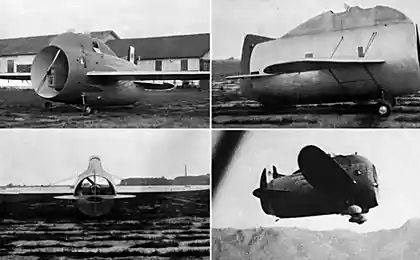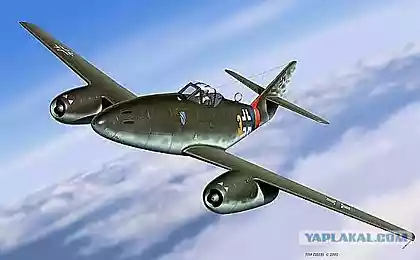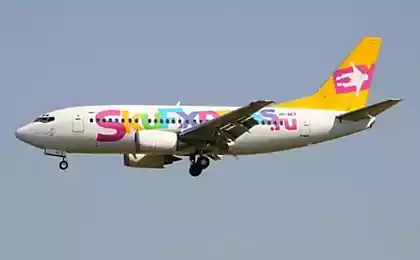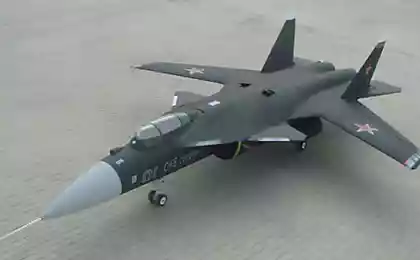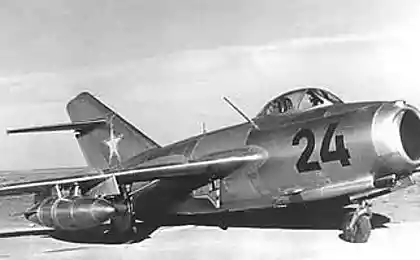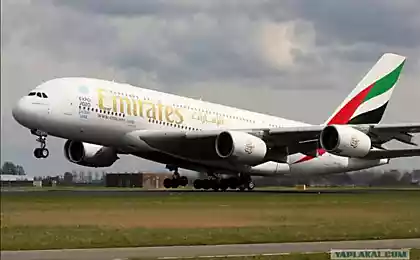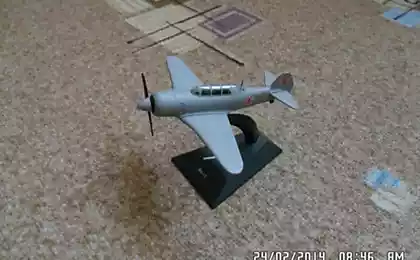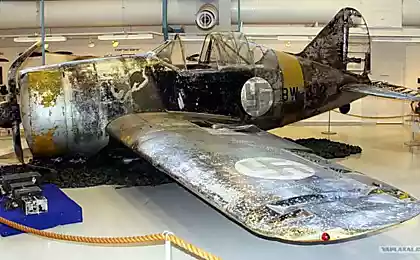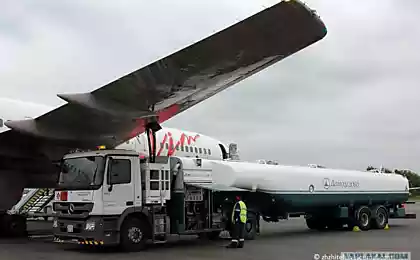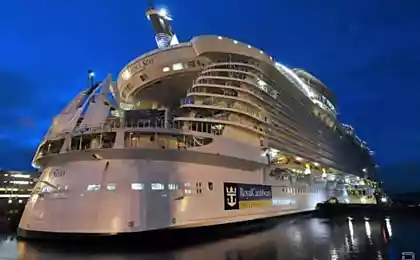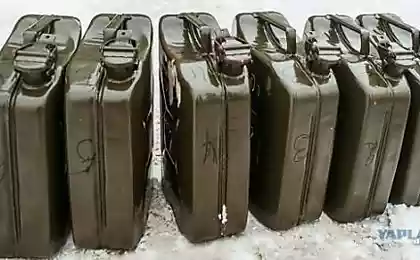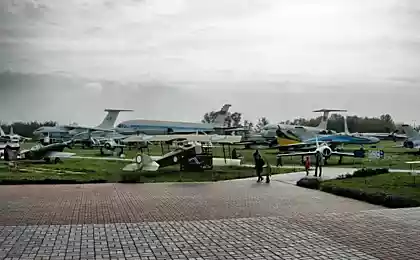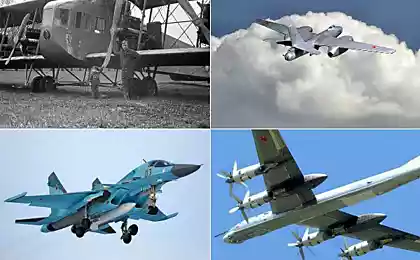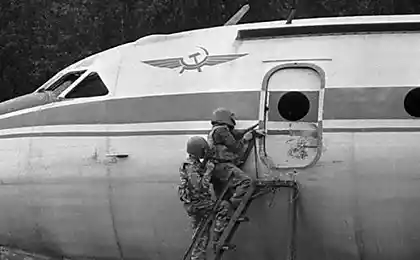494
The planes will cover the "shark skin"
Aircraft of the Second world war are often decorated with a shark's mouth, to boost morale and frighten the enemy. The German company Lufthаnsa also undertook to equip their Airliners today (for civil aviation) some "shark" part – namely, sheathing planes of the so-called shark skin.
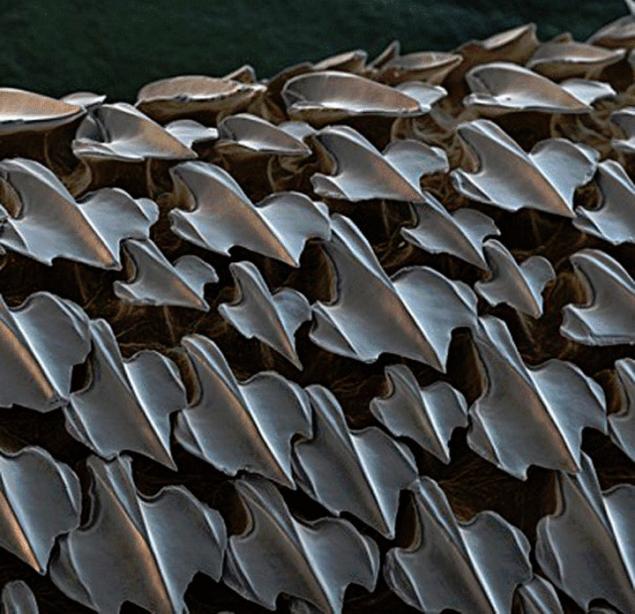
The unique structure of shark skin will help her to develop enough high speed and save power. It happens because of many small, unique method arranged scales, they can prevent the water of the vortices and reduce hydrodynamic resistance.

During the flight the liner is under load, which resembles the load faced by the shark: the air flow is twisted in the wing and fuselage, increasing drag and increase fuel consumption. Researchers from the Fraunhofer Institute (Germany) invented the technology of applying paint in the form of a shark's scales and offered to paint by this method the planes. And Lufthansa has already started the application of this experimental method of painting on their ships. It is proved that, if the cover "shark scales" 40-70 per cent of the surface of the aircraft, you can save about 1 percent of fuel. And if you multiply that figure by hundreds of airlines and hundreds of flights, the result will be more than noticeable.
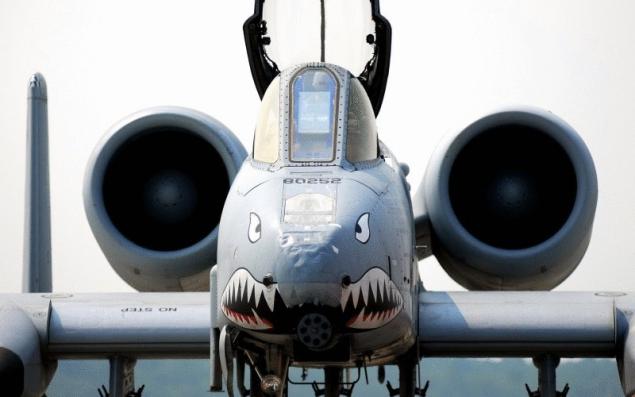
Source: /users/413

The unique structure of shark skin will help her to develop enough high speed and save power. It happens because of many small, unique method arranged scales, they can prevent the water of the vortices and reduce hydrodynamic resistance.

During the flight the liner is under load, which resembles the load faced by the shark: the air flow is twisted in the wing and fuselage, increasing drag and increase fuel consumption. Researchers from the Fraunhofer Institute (Germany) invented the technology of applying paint in the form of a shark's scales and offered to paint by this method the planes. And Lufthansa has already started the application of this experimental method of painting on their ships. It is proved that, if the cover "shark scales" 40-70 per cent of the surface of the aircraft, you can save about 1 percent of fuel. And if you multiply that figure by hundreds of airlines and hundreds of flights, the result will be more than noticeable.

Source: /users/413
